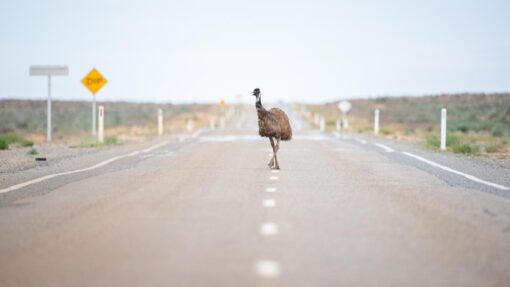Couples leap at chance for romance on February 29
Belad Al-karkhey and Nyibol Gatluak |

Couples across the country have taken the leap and said their “I do’s” to mark February 29.
The four-yearly occurrence of the extra day in the month has encouraged people to embrace new traditions in the form of proposals, weddings or renewing vows.
Sydney couple Kathryn Walenkamp and Ryan Murro renewed their vows after tying the knot in 2020.
The couple picked February 29 so they would have an unforgettable wedding anniversary date.
“Our dating anniversary was on Halloween so we wanted a date that was something special again and we realised in 2020, the leap year was on a Saturday”, Ms Walenkamp said.
In Brisbane, leap year weddings proved to be more popular than Valentine’s Day, with the registry office conducting the most-ever weekday weddings and the highest ever for a leap day.
According to an old Irish tradition, women are allowed to propose to men on February 29.
But leap years are also crucial for maintaining the accuracy of the Gregorian calendar, associate professor Darius von Guttner Sporzynski says, but society has made them greater than a mathematical solution to a celestial problem.
“Over time, (leap years) have woven themselves into the fabric of human culture and folklore,” he told AAP.
“This cultural embedding of leap years speaks to humanity’s innate desire to find meaning and pattern in the natural world, even in something as rational as calendar correction.”
Leap years can be traced about 2000 years ago when Julius Caesar was inspired after visiting his lover Cleopatra, who introduced the Roman emperor to a Greek astronomer named Sosigenes of Alexandria.
Through Sosigenes’ idea of a calendar year following a solar cycle rather than a lunar cycle, the Julian calendar was born in 46BC, adding an extra day every four years.
Inaccuracies in the maths misaligned Easter dates but resulted in the creation of the still-used Gregorian calendar introduced in 1582 by Pope Gregory XIII.
Leap years are designed to address the mismatch between our calendar system and the earth’s orbit around the sun.
Still, there’s general understanding that a leap year occurs once every four years is a common misinterpretation.
Mathematical rules dictate a year is a leap year if it is divisible by four.
If a year is divisible by 100 but not by 400, it is not recognised as a leap year.
AAP


